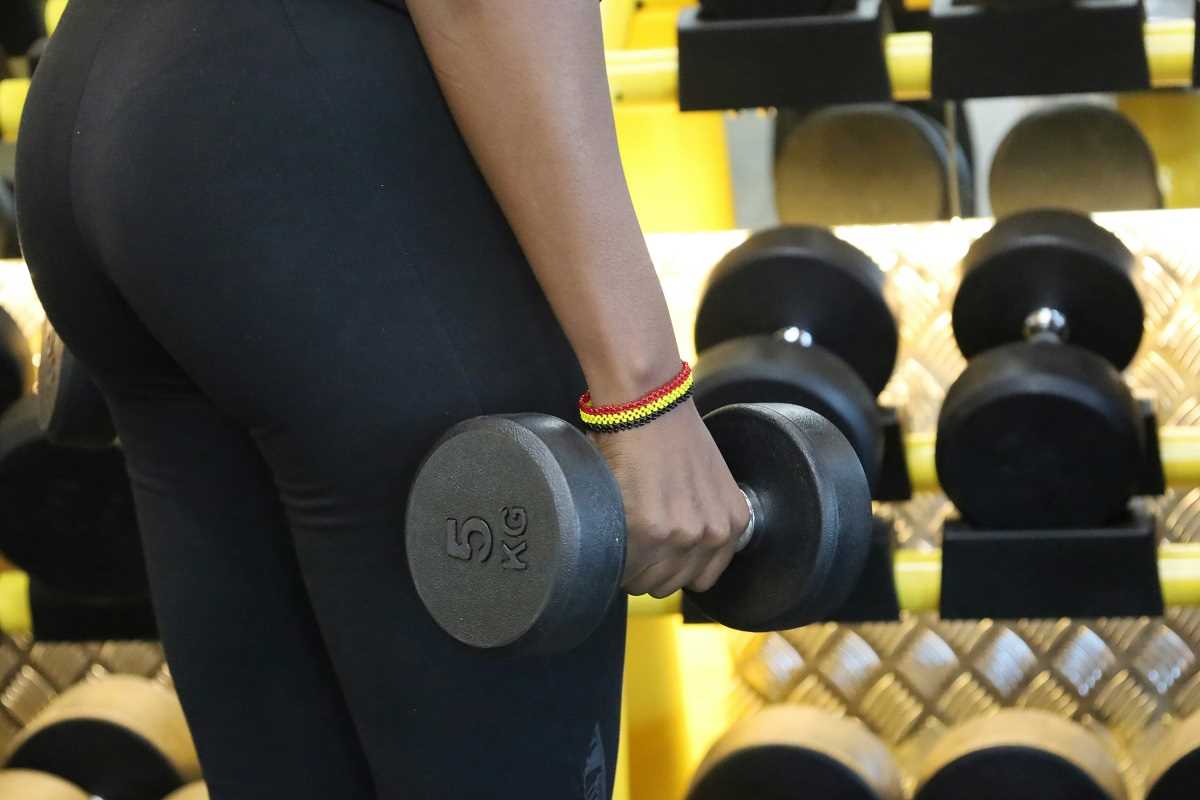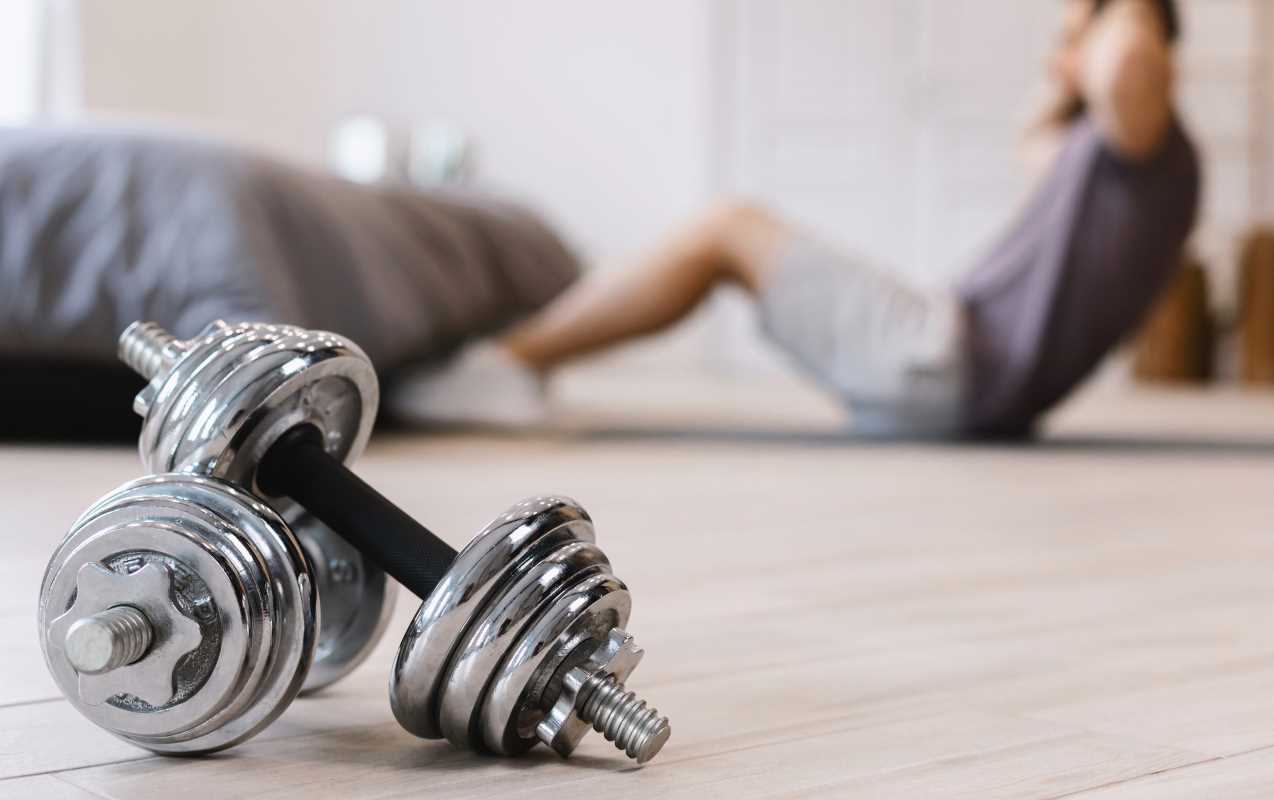Climbing isn't just about upper body strength; it requires a combination of power, endurance, and flexibility throughout your entire body. This is where cross-training comes into play, helping climbers develop a well-rounded fitness level. Among the various cross-training options available, kettlebell workouts are a valuable addition to a climber's routine. Integrating kettlebells can enhance your climbing performance by building strength, improving stability, and increasing overall endurance.
Benefits of Kettlebell Training for Climbers
- Full-Body Strength: Kettlebell exercises engage multiple muscle groups simultaneously, promoting balanced strength development essential for climbing.
- Core Stability: A strong core is crucial for maintaining balance and control on the wall. Kettlebell movements target the abdominal and lower back muscles effectively.
- Grip Strength: Many kettlebell exercises require a firm grip, which translates directly to better hold strength during climbs.
- Improved Endurance: High-repetition kettlebell workouts boost muscular endurance, allowing climbers to sustain efforts for longer periods.
- Flexibility and Mobility: Dynamic kettlebell movements enhance joint mobility and flexibility, reducing the risk of injury and improving overall climbing mechanics.
Essential Kettlebell Exercises for Climbers
- Kettlebell Swings: This foundational exercise targets the hips, glutes, and lower back while also engaging the core. Swinging the kettlebell forces you to maintain a tight core and controlled movement, mimicking the dynamic motions in climbing.
- Turkish Get-Ups: A full-body movement that improves strength, balance, and coordination. Transitioning from lying down to standing with the kettlebell overhead builds functional strength and stability.
- Kettlebell Rows: Enhances upper back and bicep strength, which are crucial for pulling yourself up during climbs. Performing rows with a kettlebell also engages the core for added stability.
- Goblet Squats: Strengthens the legs and lower body, providing a solid base for climbing. Holding the kettlebell in front ensures proper posture and engages the core.
- Single-Arm Presses: Develops shoulder and tricep strength while challenging your core to stabilize the body during unilateral movements.
Enhancing Climbing Performance with kettlebell workouts
Incorporating kettlebell workouts into your training regimen can significantly enhance your climbing performance. These exercises not only build the necessary strength and endurance but also improve your body's ability to move efficiently on the wall. The dynamic nature of kettlebell training helps simulate the varied and unpredictable movements encountered during climbing, preparing your muscles and joints for real-world challenges. Moreover, kettlebell workouts promote better body awareness and coordination. You learn to control your body more effectively as you perform complex movements, leading to smoother and more precise climbing techniques. This increased coordination reduces the risk of overexertion and enhances your ability to confidently tackle difficult routes.
Integrating Kettlebells into Your Training Regimen
To effectively integrate kettlebell workouts into your existing training routine, identify specific areas that need improvement. For climbers, focusing on full-body strength, core stability, and grip endurance is essential. Begin with a few key exercises, such as kettlebell swings and goblet squats, and gradually incorporate more movements as your strength and familiarity with the equipment improve. Consistency is key. Aim to include kettlebell workouts two to three times a week, allowing adequate rest between sessions for recovery. Combine kettlebell training with your regular climbing sessions to create a balanced schedule.
Consider working with a trainer or following structured programs tailored for climbers to ensure proper form and maximize benefits. Remember to listen to your body and adjust the intensity of your workouts based on your current fitness level and climbing demands. Proper warm-ups and cool-downs are also important to prevent injury and enhance overall performance.
Common Mistakes and How to Avoid Them
- One common mistake climbers make when starting kettlebell training is using too-heavy weights. This can lead to poor form and increase the risk of injury. It's essential to start with a manageable weight and focus on mastering the correct technique before progressing to heavier kettlebells. Another mistake is neglecting the importance of core engagement.
- Many kettlebell exercises require a strong, stable core to perform movements effectively. Failing to engage your core can limit your performance and reduce the workout's effectiveness. Always maintain a tight core and proper posture during exercises to maximize benefits and prevent strain.
- Inconsistent training schedules can hinder progress. To see significant improvements, it's important to integrate kettlebell workouts consistently rather than sporadically into your routine. Establish and stick to a regular training plan, ensuring that you allocate sufficient time for both strength training and climbing practice.
- Finally, ignoring recovery and flexibility can lead to overtraining and injuries. Incorporate stretching and mobility exercises into your routine to maintain flexibility and aid in muscle recovery. Proper recovery practices enhance the benefits of kettlebell training and support overall climbing performance. Climbers who embrace kettlebell training often find themselves stronger, more resilient, and better prepared to tackle challenging routes.
By avoiding these common mistakes and following a structured training plan, you can maximize the benefits of kettlebell workouts and enhance your climbing performance. Incorporating kettlebell workouts into your cross-training routine offers numerous benefits for climbers, from improved strength and endurance to better coordination and flexibility. You can get better at climbing by selecting the right exercises and integrating them consistently into your training regimen. Remember to focus on proper technique, listen to your body, and stay dedicated to your fitness journey. Give kettlebell training a try and watch your climbing skills reach new heights.
 (Image via
(Image via





